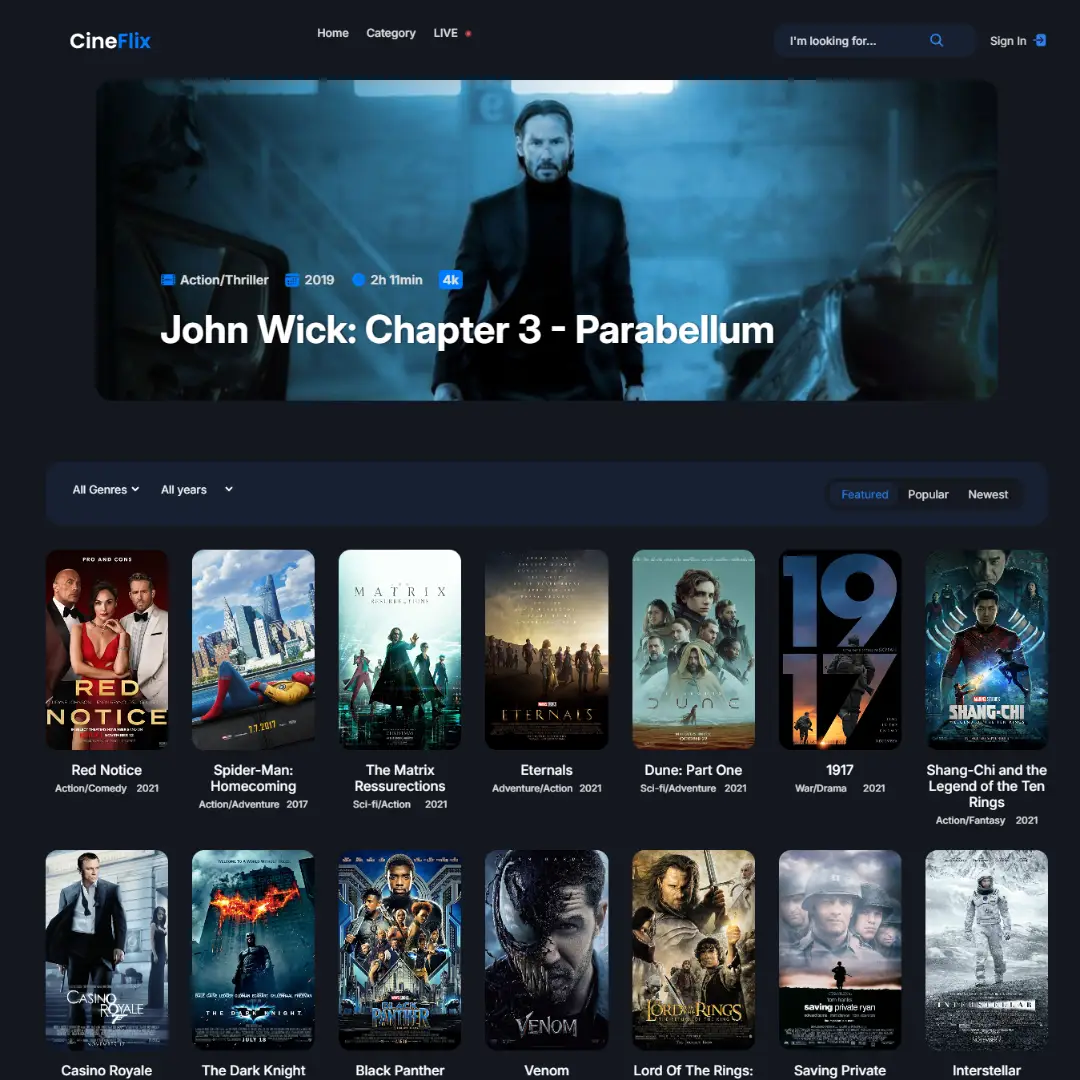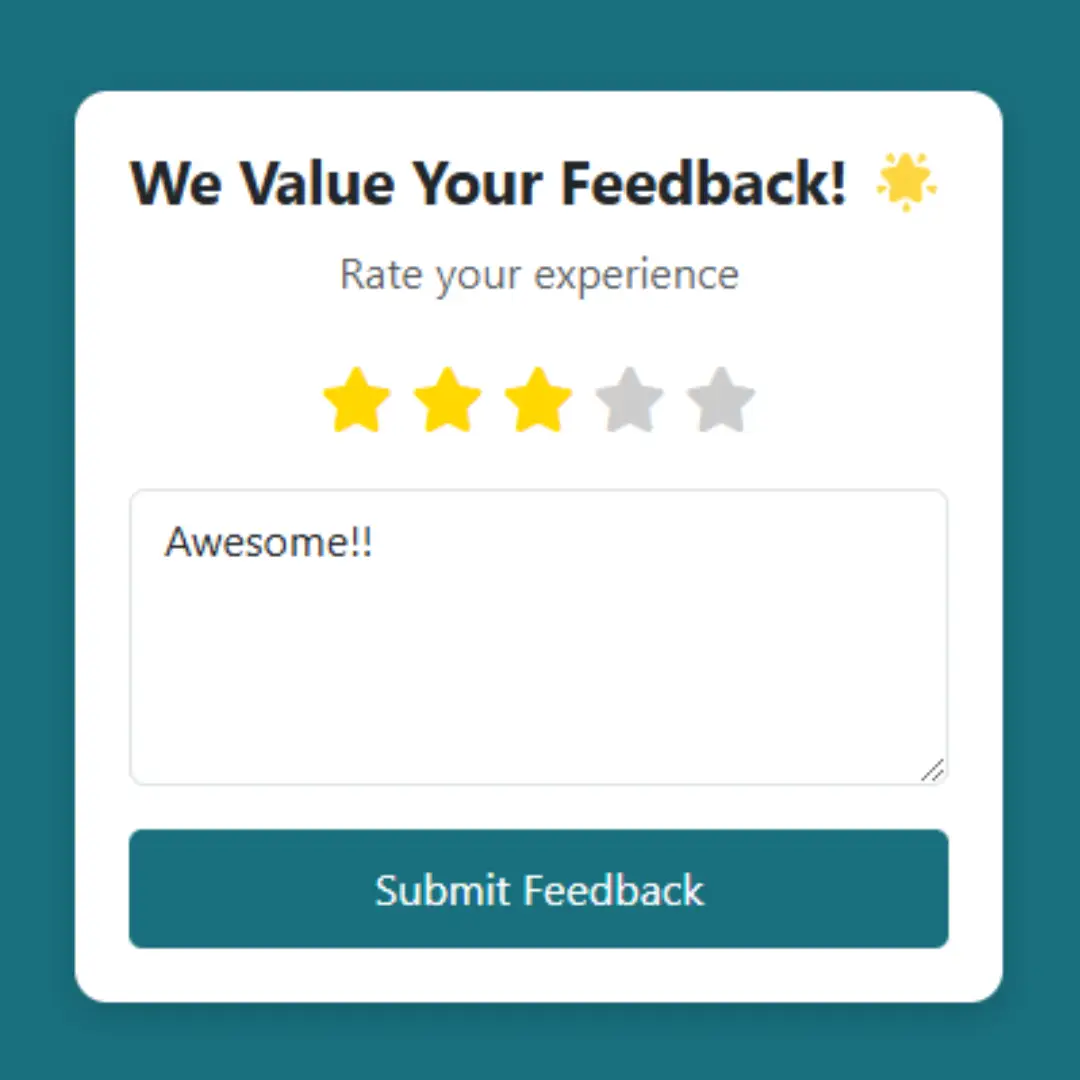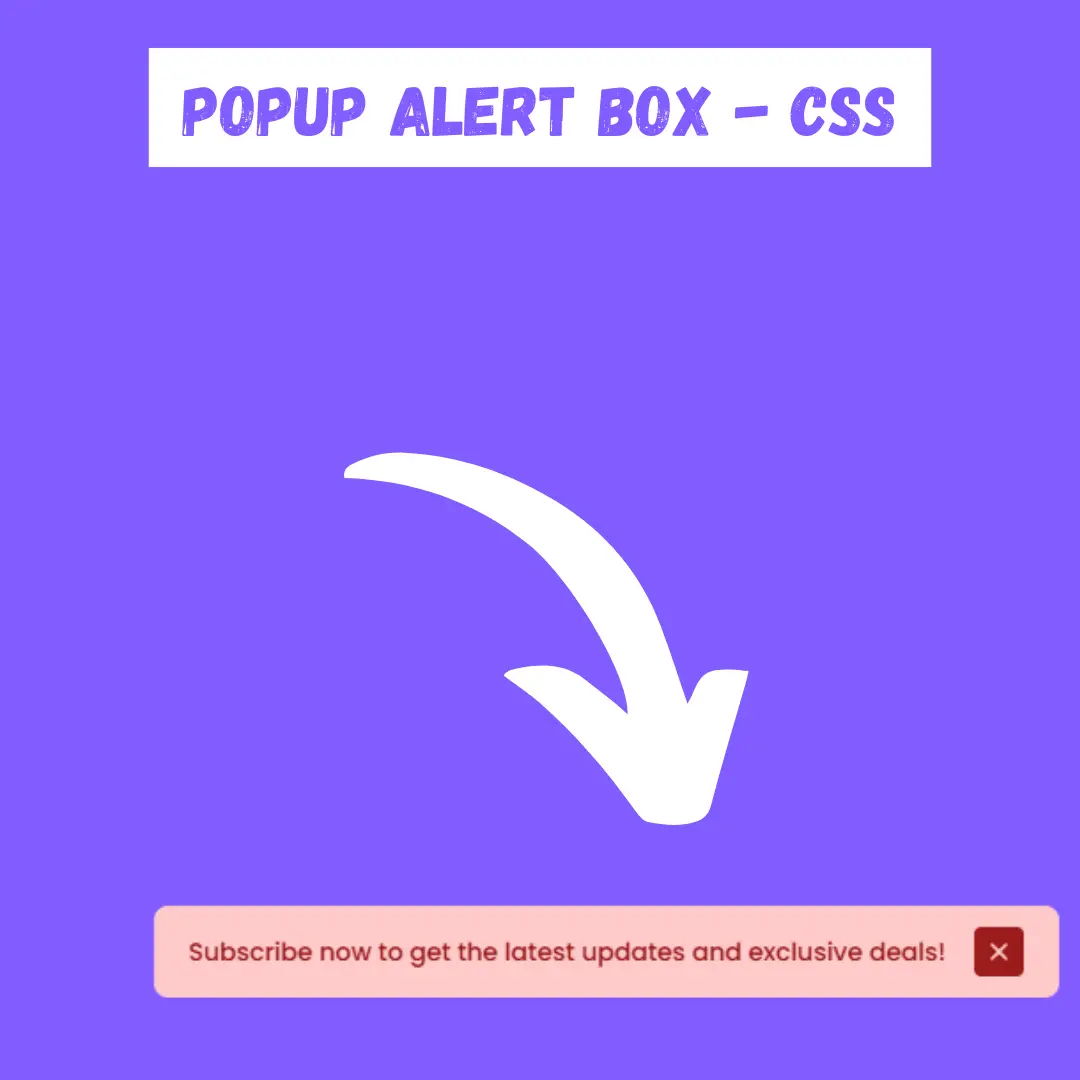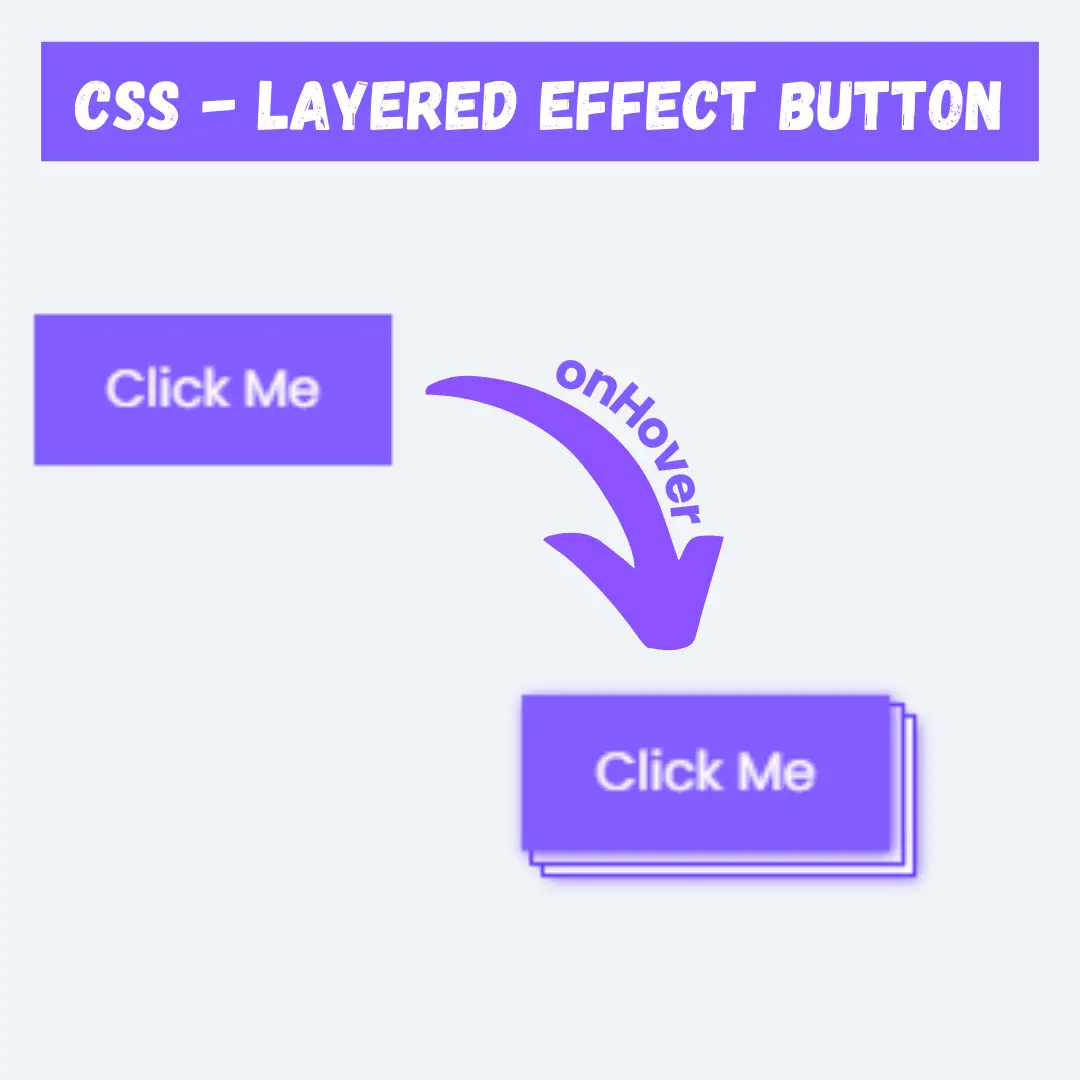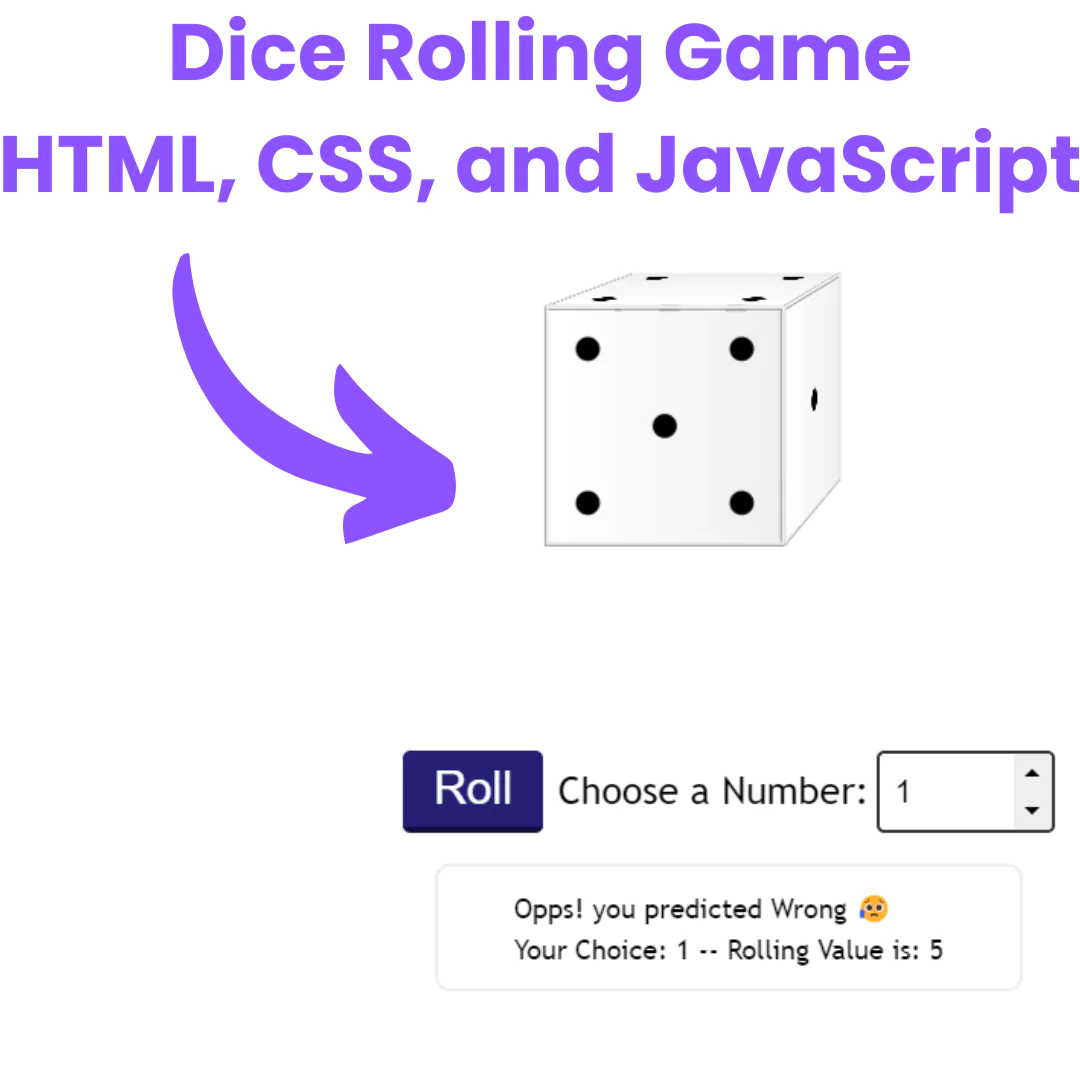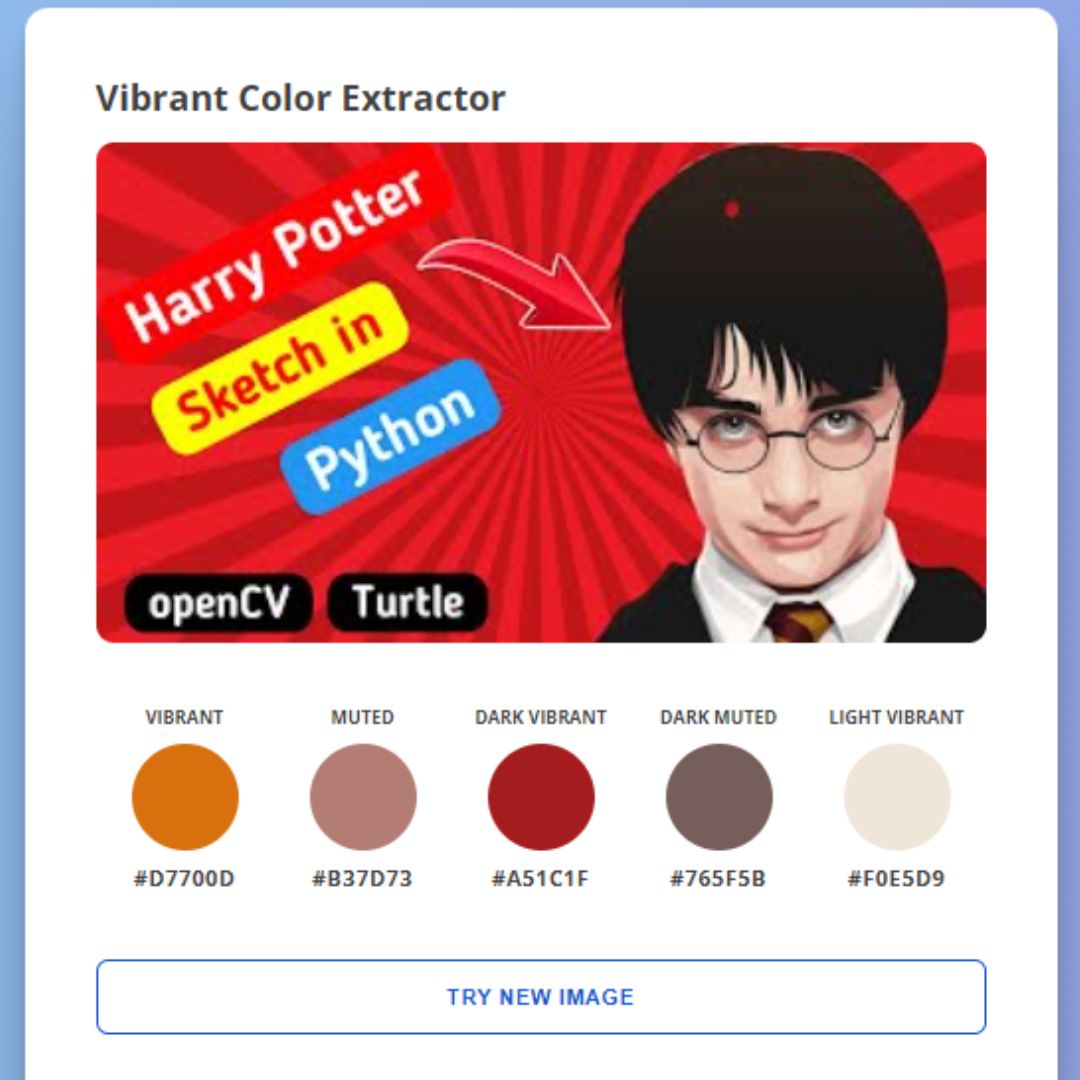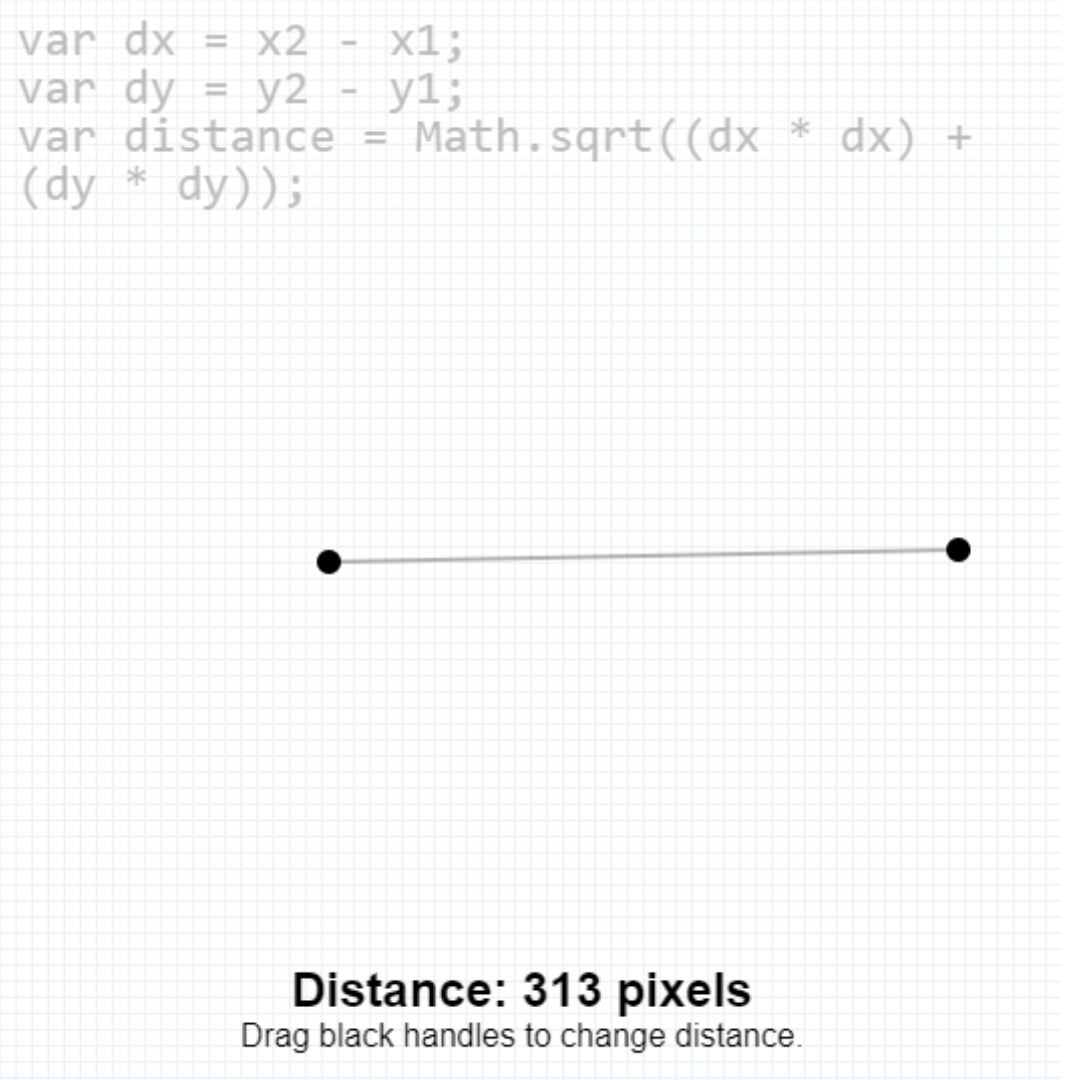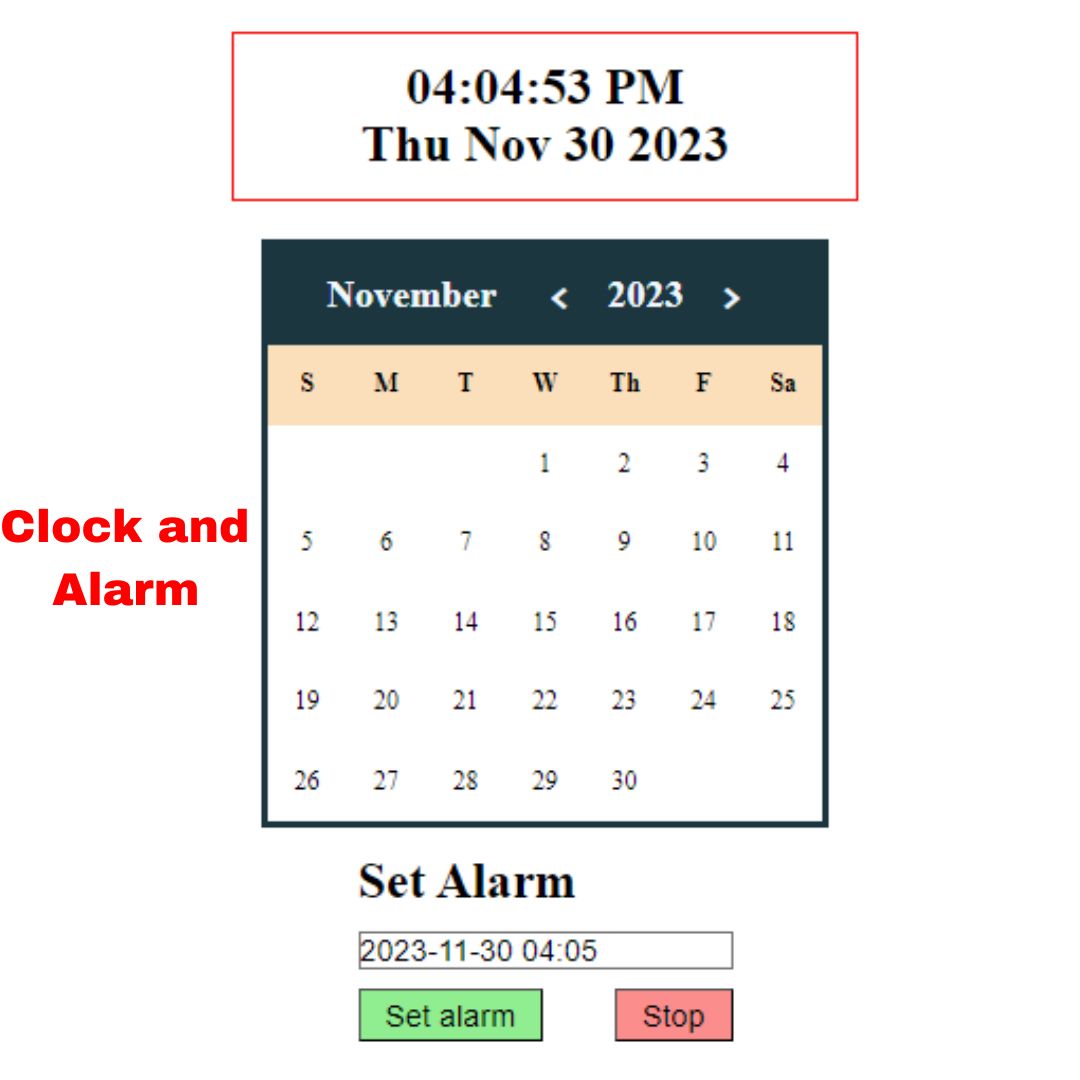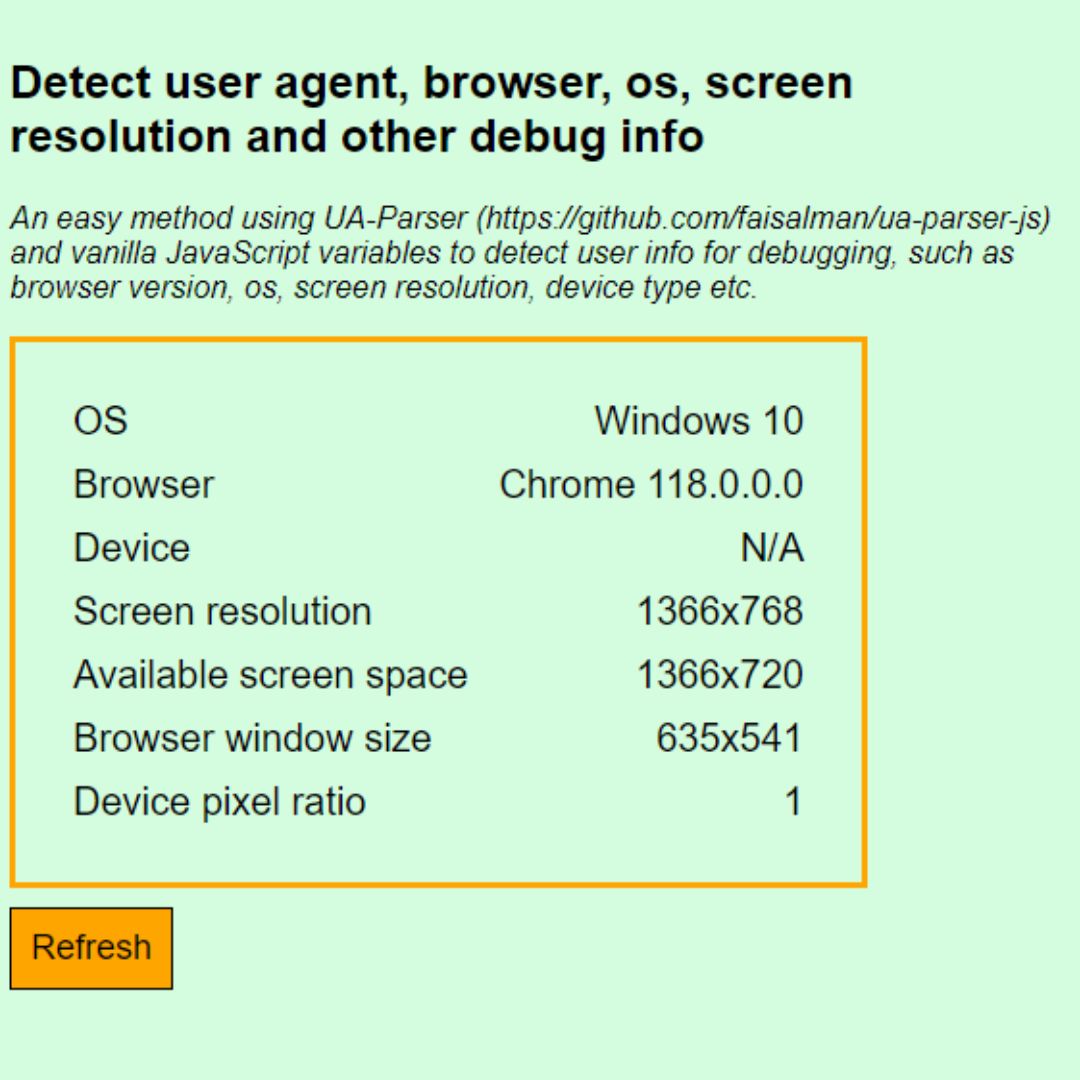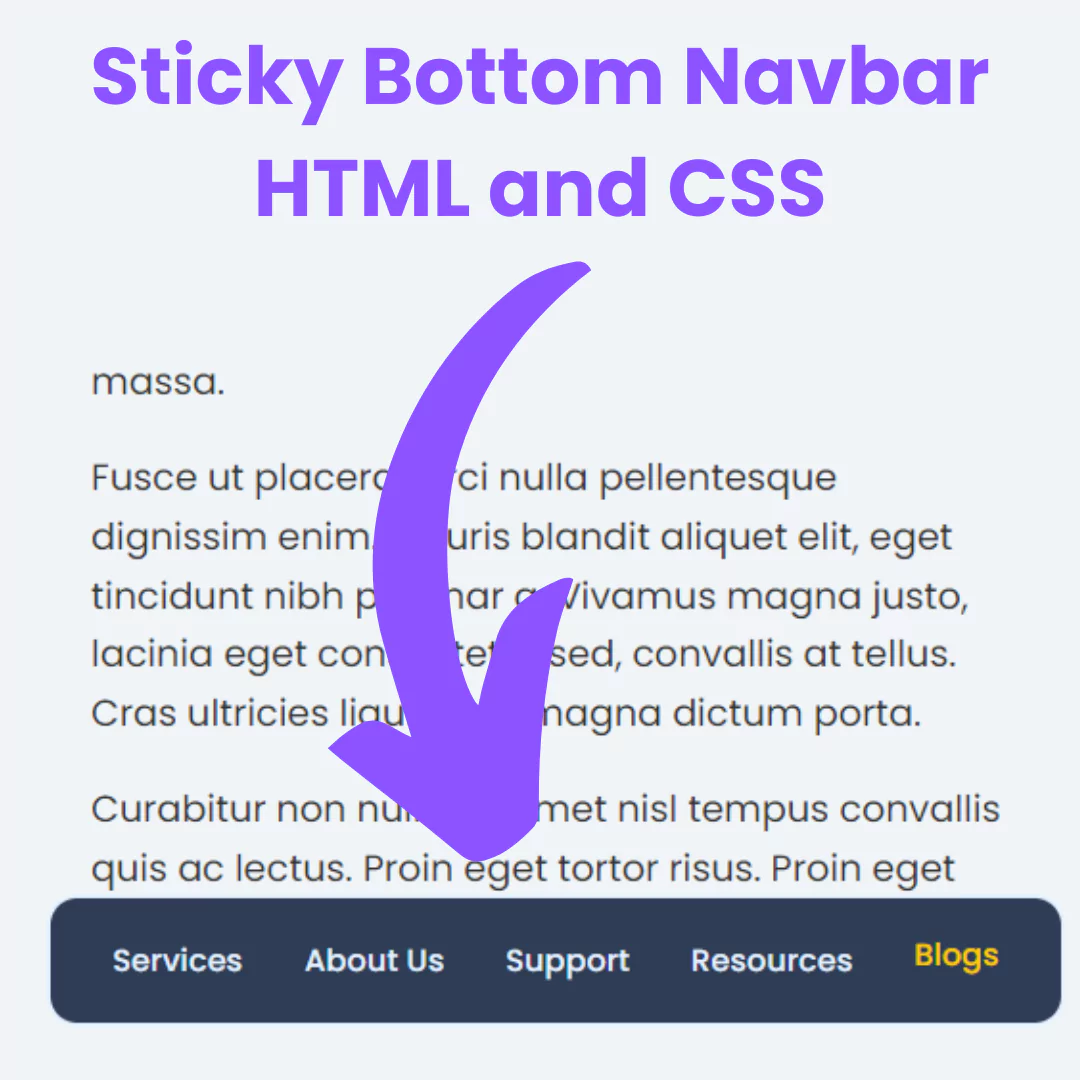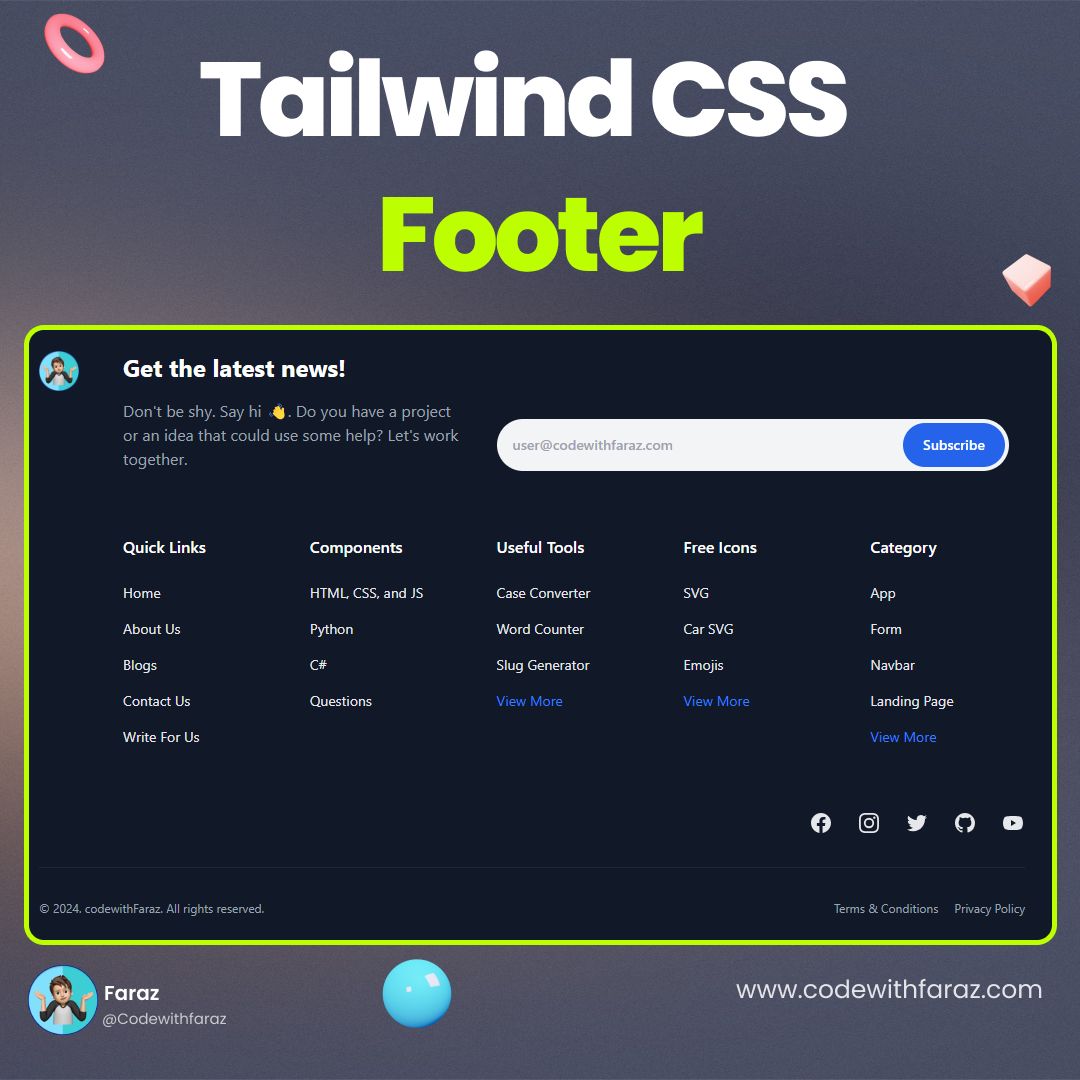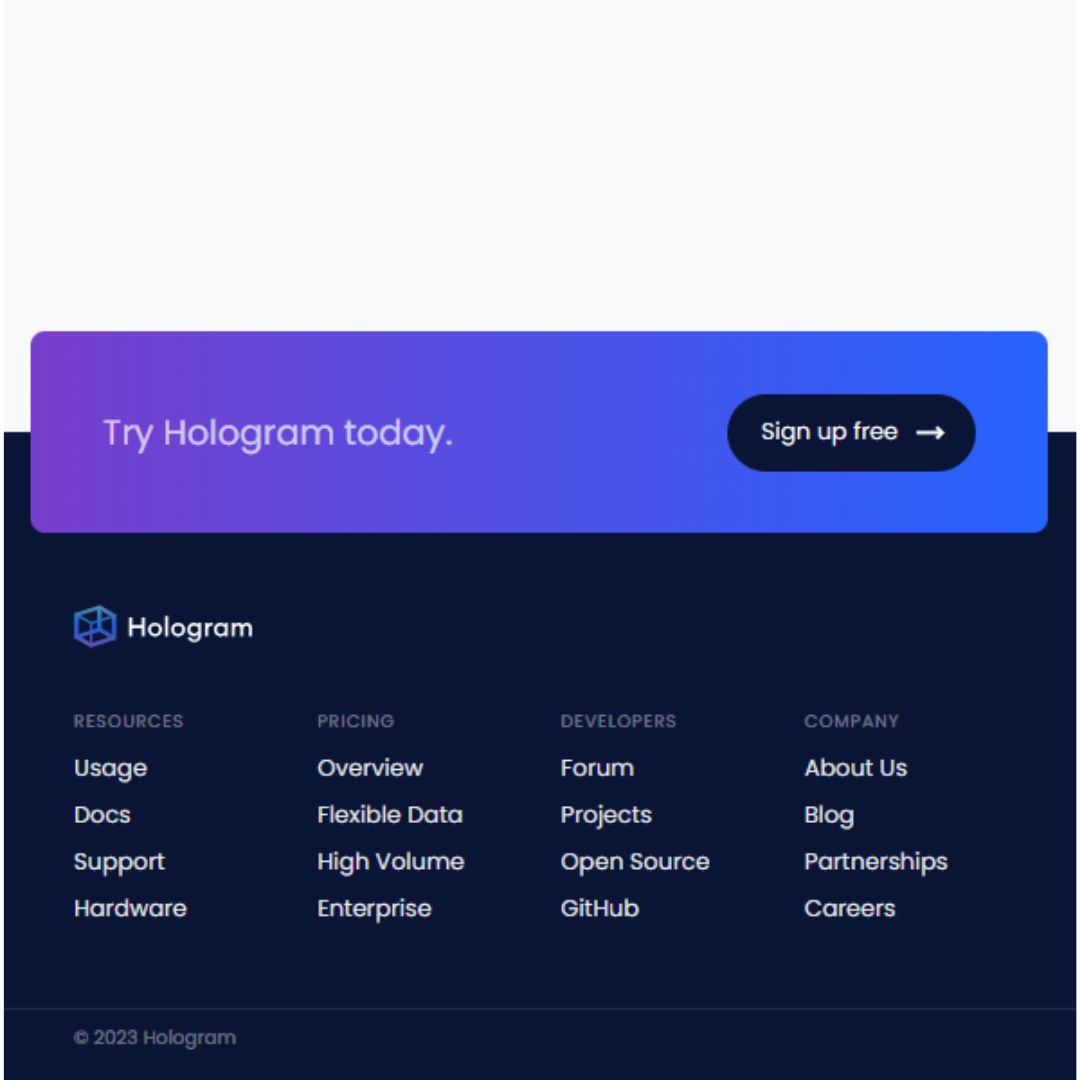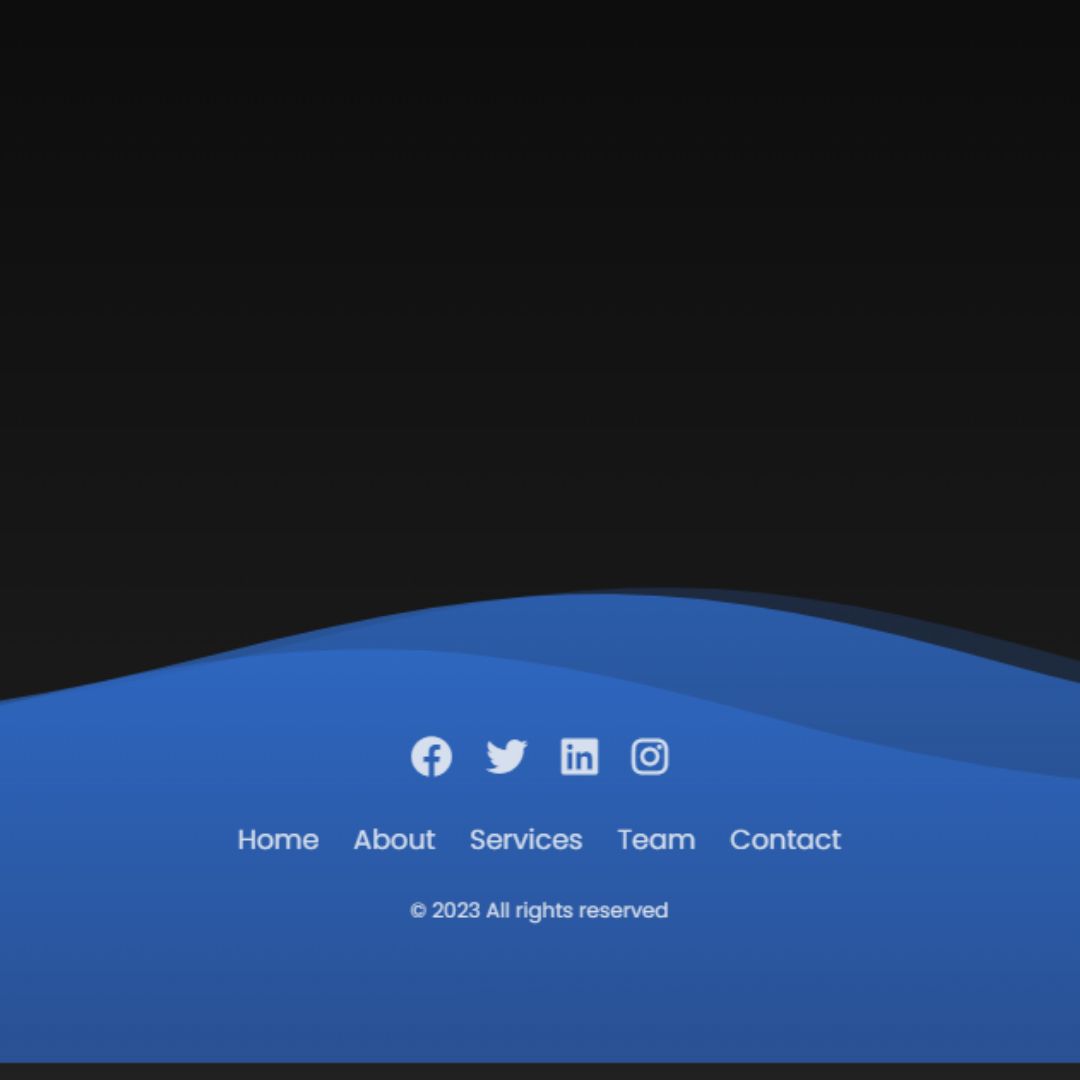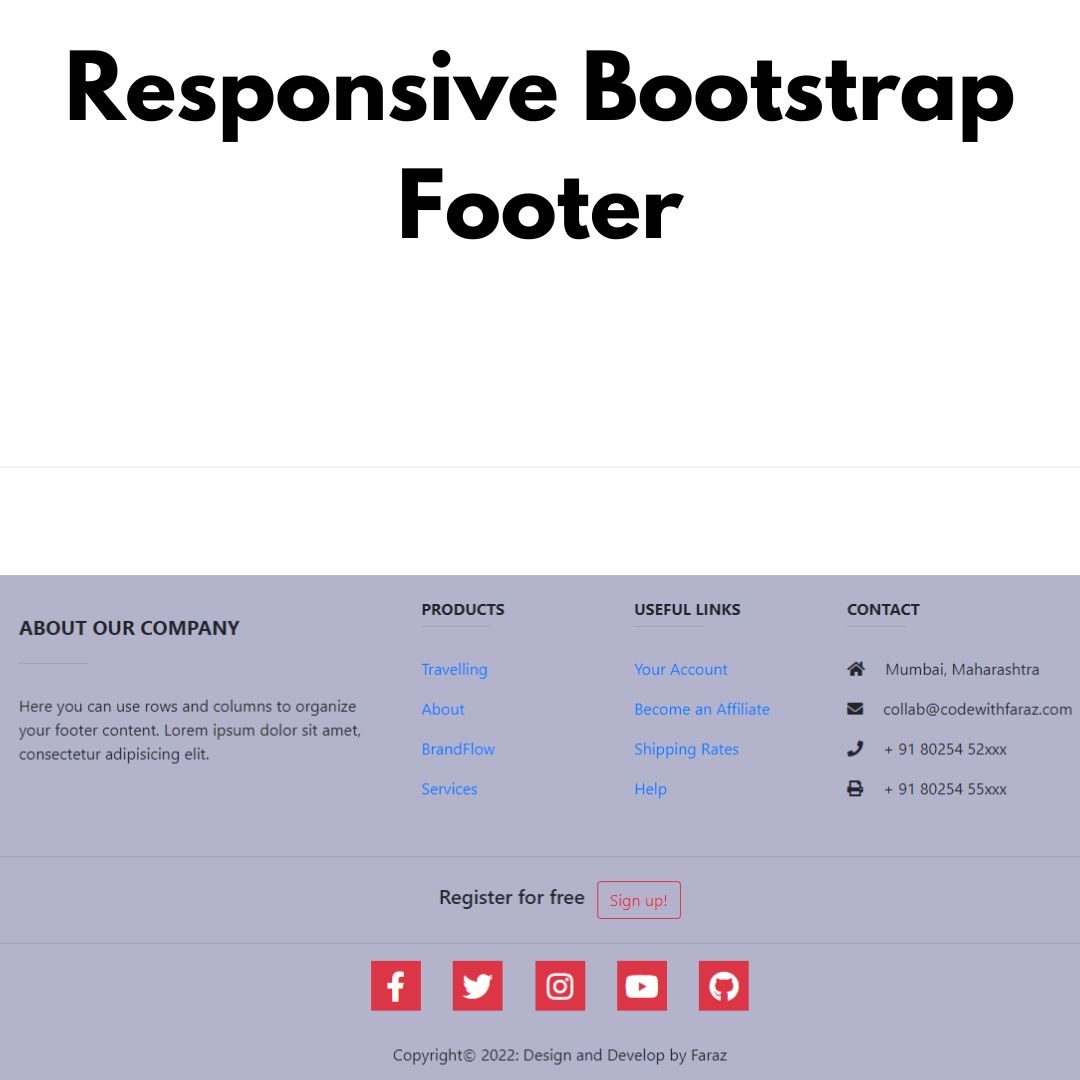Discover the power of the span tag in HTML for styling specific parts of your text. Learn its usage, syntax, examples, and best practices.

HTML (Hypertext Markup Language) is the standard language used for creating web pages. It provides a set of elements that structure and define the content on a webpage. One such element is the <span> tag. In this article, we will explore the <span> tag in HTML, its purpose, and how it can be used effectively in web development.
Table of Contents
- Introduction to the <span> tag
- Syntax and Usage of the Span Tag
- Inline styling with the <span> tag
- Grouping and applying styles with the <span> tag
- Nesting <span> tags
- Semantic use of the <span> tag
- Accessibility considerations with the <span> tag
- Best practices for using the <span> tag
- Examples of <span> tag usage
- Common misconceptions about the <span> tag
- Conclusion
- FAQs (Frequently Asked Questions)
1. Introduction to the <span> tag
The <span> tag is an inline element in HTML that is used to group inline elements and apply styles or manipulate text within a specific section of content. It does not inherently add any semantic meaning to the content but serves as a container for styling purposes. The <span> tag is often used in conjunction with CSS (Cascading Style Sheets) to define visual properties.
2. Syntax and Usage of the Span Tag
To implement the span tag, use the following syntax:
<span>Text to style</span>
Replace "Text to style" with the desired text or other inline elements that you want to group or style.
3. Inline styling with the <span> tag
One of the primary uses of the <span> tag is for applying inline styles to specific sections of text. By enclosing the desired text within a <span> element, you can target it with CSS and modify its appearance. For example:
<p>This is a <span style="color: blue;">blue</span> text.</p>
In this example, the word "blue" will be displayed in blue color due to the inline style applied using the <span> tag.
4. Grouping and applying styles with the <span> tag
The <span> tag can also be used to group elements and apply styles to the entire group. By assigning a class or an ID to a <span> tag, you can target multiple elements and style them collectively. This allows for consistent styling across different sections of a webpage. For instance:
<p><span class="highlight">This text is highlighted.</span></p>
By defining CSS rules for the class "highlight," you can control the appearance of all elements wrapped within the <span> tag with the class "highlight."
5. Nesting <span> tags
Another useful aspect of the <span> tag is its ability to be nested within other elements. This enables more precise targeting and styling of specific sections within a larger content structure. Here's an example:
<p>This is an <span class="italic"><span class="bold">important</span> message</span>.</p>
In this case, the word "important" will be both bold and italicized due to the nested <span> tags with respective classes.
6. Semantic use of the <span> tag
While the <span> tag is primarily used for styling purposes, it's important to note that it does not add any inherent semantic meaning to the content. Therefore, it should be used judiciously and in conjunction with appropriate semantic HTML elements to maintain a well-structured webpage.
7. Accessibility considerations with the <span> tag
When using the <span> tag, it's essential to consider accessibility. The content within <span> tags should still be meaningful and understandable to assistive technologies like screen readers. Avoid relying solely on visual cues provided by <span> tags for conveying important information. Use proper semantic elements in conjunction with <span> tags to ensure accessibility for all users.
8. Best practices for using the <span> tag
To make the most effective use of the <span> tag, consider the following best practices:
- Use the <span> tag sparingly and only when necessary for styling or grouping purposes.
- Combine the <span> tag with appropriate semantic HTML elements to maintain a well-structured document.
- Avoid using inline styles within <span> tags when possible and utilize external CSS stylesheets for better maintainability.
- Provide alternative text or additional context for <span> tags if they contain important information that may not be conveyed through visual styling alone.
- Test the webpage's accessibility to ensure compatibility with assistive technologies.
9. Examples of <span> tag usage
Here are a few examples demonstrating how the <span> tag can be used effectively:- Applying custom styling to a specific portion of text.
- Grouping and applying styles to multiple inline elements simultaneously.
- Nesting <span> tags to target specific sections within a content hierarchy.
- Supplementing semantic HTML elements with <span> tags for additional styling.
10. Common misconceptions about the <span> tag
There are a couple of common misconceptions about the <span> tag:
- The <span> tag does not provide any semantic meaning on its own; it is purely for styling and grouping purposes.
- Using excessive <span> tags for each individual word or character can lead to cluttered HTML code and decreased maintainability.
11. Conclusion
The <span> tag in HTML is a versatile element that allows developers to apply styles, group content, and manipulate text within specific sections of a webpage. By using it judiciously and in conjunction with appropriate semantic elements, you can enhance the visual appearance and maintain the accessibility of your web content.
12. FAQs (Frequently Asked Questions)
Q1: Can I use the <span> tag without any styling or grouping purposes?
Yes, you can use the <span> tag without applying any specific styles or grouping elements. However, it is generally recommended to use it purposefully and avoid unnecessary clutter in your HTML code.
Q2: Is the <span> tag limited to text content only?
No, the <span> tag can be used to wrap and style various inline elements, including images, links, or even other HTML elements.
Q3: Can I nest multiple <span> tags within each other?
Yes, you can nest <span> tags within each other to achieve more granular control over styling specific sections of content.
Q4: Does the <span> tag affect SEO?
The <span> tag itself does not directly impact SEO. However, by using it to apply appropriate styling and enhance the user experience, you indirectly contribute to the overall quality of your webpage, which can positively affect SEO.
Q5: How can I make <span> tags more accessible?
To make <span> tags more accessible, ensure that the content within them remains meaningful and understandable without relying solely on visual cues. Provide alternative text or additional context if necessary, and test the accessibility of your webpage with assistive technologies.
That’s a wrap!
Thank you for taking the time to read this article! I hope you found it informative and enjoyable. If you did, please consider sharing it with your friends and followers. Your support helps me continue creating content like this.
Stay updated with our latest content by signing up for our email newsletter! Be the first to know about new articles and exciting updates directly in your inbox. Don't miss out—subscribe today!
If you'd like to support my work directly, you can buy me a coffee . Your generosity is greatly appreciated and helps me keep bringing you high-quality articles.
Thanks!
Faraz 😊





